The property came with a big fig tree about 15 ft high and 15 ft broad which bore delicious figs each year for the wasps and me. Then came the cold January weather when the temperature fell close to 0 deg F, which is cold for this area and unaccustomedly cold for fig trees which had not seen less than 10 deg F in the past 30 years. Most of the fig tree died and, as they will do, it has produced growth at the foot of the tree. My neighbor came by and nicked the tree in various places and suggested I prune the dead wood and leave the green tissue bearing trunks. Which I did.
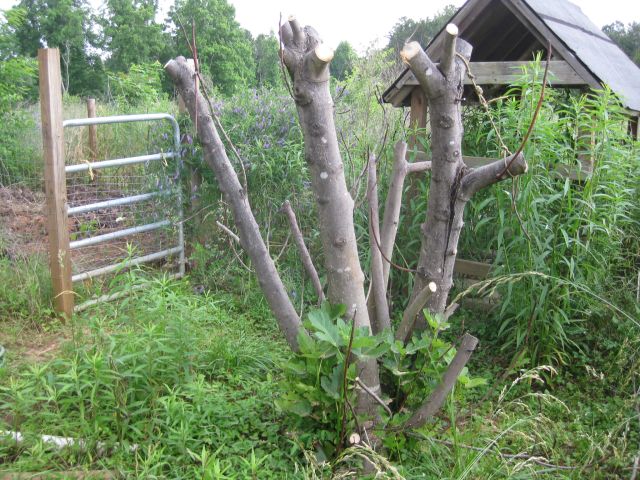
But the trunks did not sprout any growth and the activity which I noticed was not what I wanted to see.
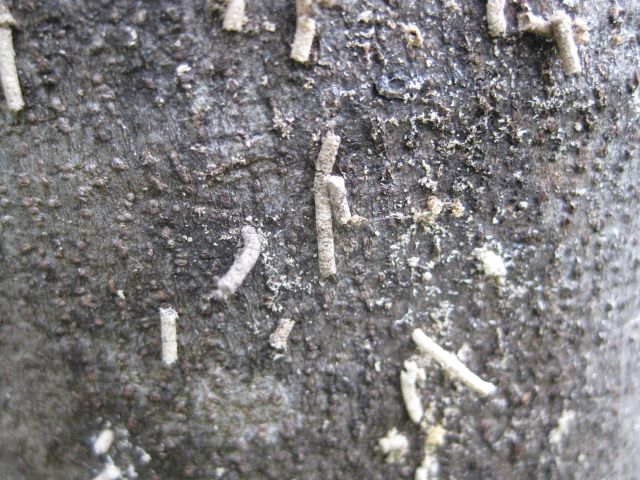
So the nutrition provided by the roots was feeding borer insects. Another neighbor confirmed that all the fig trees in the area had died and the advice he had received was to cut them down to ground level. Which I did.
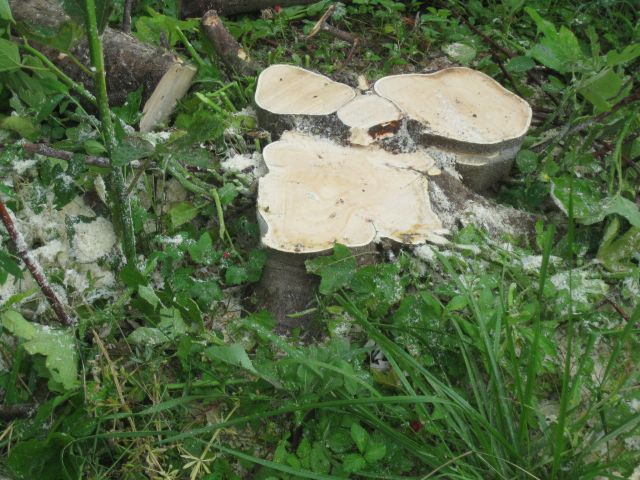
I was curious as to the age of the tree and looked at the annual rings but could not make sense of them – there appeared to be over 80 rings, perhaps they were not all annual rings.
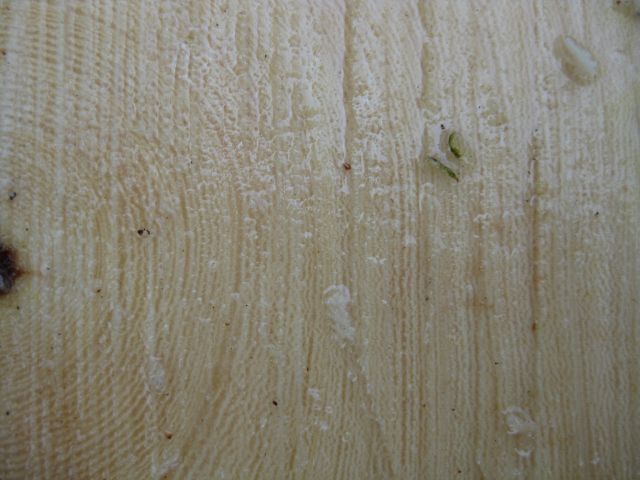
And what to do with the trunks. A few paces from the fig tree site is my tree nursery – I call it so because when I receive (purchase or cultivate) trees after early spring I grow them in this area until the fall when, with cooler weather, they have a better chance of surviving. I am preparing the site for 40 nut trees expected in June. This area is shaded from the setting sun by a huge maple tree.
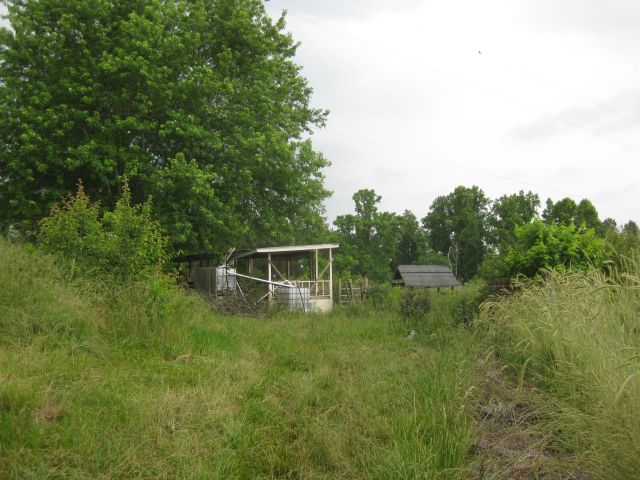
Only problem with the maple tree is its roots which sneak in and feed on my composted soil. So I dug a trench between the growing area and the maple tree and severed offending roots.
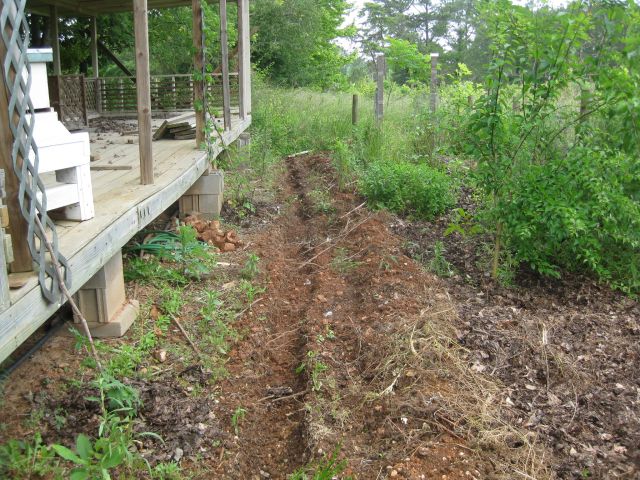
And then I placed the fig tree trunks in the trench where they will keep soil out of the trench, prevent weed growth, provide stepping stones for easy movement, absorb rainwater coming down the slope and add nutrients to the soil.
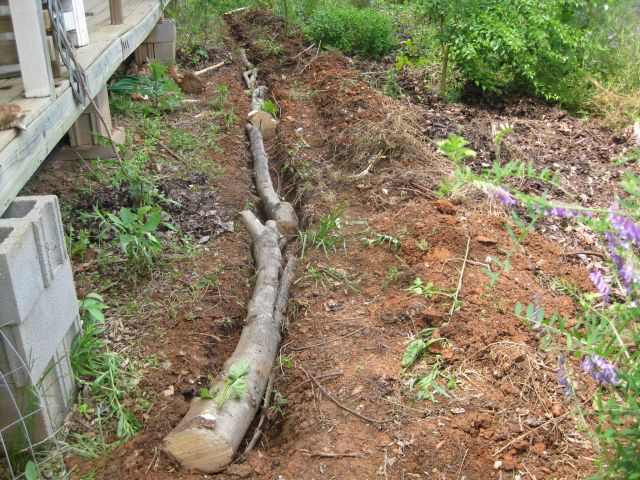
And while I was doing this I mulled over the events which produced such a cold winter with a polar vortex during an otherwise warming cycle. My more conservative friends have explained to me that there is a silver lining to the warming in that mineral and fossil reserves in formerly ice covered lands will now be available for our benefit (I would say exploitation) as well as sea passages previously barred by ice (let’s ignore Miami, Florida and other low lying areas for the moment). And even gardening enthusiasts have found solace from the expectation of growing less hardy trees such as citrus further and further north. But if we have severe cold every few years then these southern transplants will be nailed. It seems ironical and no cause for celebration, and perhaps nature is saying “if you f**k with me, I will with you”.
